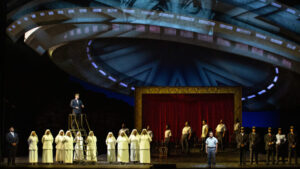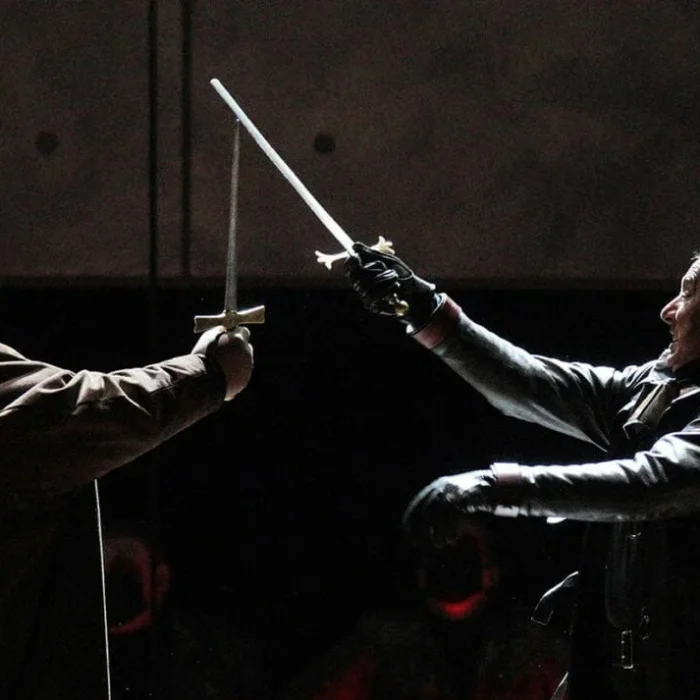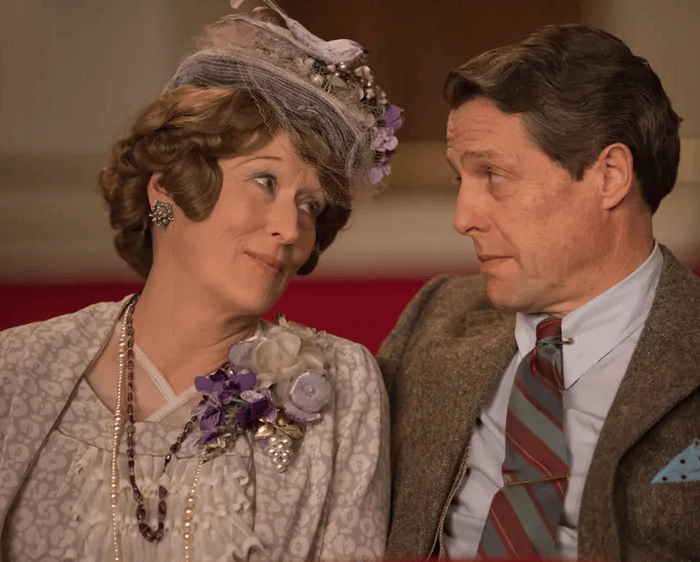
The Person Behind The Opera, Pt. 1: Malcolm X
By John Vandevert(Photo Credit @ Micah Shumake / Detroit Opera)
As summer approaches, there are many exciting things on the horizon for the operatic world. While the 2025-2026 season at the Metropolitan Opera has many new names, across the world there are numerous premieres that inspire, one great example being the IN Series’ focus on new works and the Bayerische Staatsoper’s premiere of Brett Dean’s new work, “Of One Blood.” With the operatic world in a state of rejuvenation, with operatic premieres springing up on an epic scale, it is about time we reflected on the many figures, both modern and historical, who have given so much to the contemporary operatic space.
The Person Behind The Opera is a new five-part series where we will explore five operas based on real-life figures from five historical periods who all faced different forms of opposition and hardship during their time. Fighting in various ways and refusing to give up, these five operas demonstrate the lasting truism that those who do not learn from history are fated to repeat it. From forced confessions and aristocratic injustice to the legacy of LGBT+ advocacy, opera has always been a stage to speak truth to power and, considering the current state of certain countries, such operatic discourse matters now more than ever. For part one, we begin with Anthony Davis’ 1985 opera, “X: The Life and Times of Malcom X,” an opera about the life of Malcolm Little (1925-1965), better known as Malcom X.
- Photo Credit @Marty Sohl / Met Opera
Written in the mid-1980s, it received revisions and a second premiere in 1986, before being untouched until 2006 when it got its first revival, receiving its second revival in 2022 thanks to Detroit Opera.
Davis’ opera focuses on the entire life of Malcom X. Act One begins in the early 1930s with the death of Rev. Earl Little, before following the psychological difficulties experienced by Malcolm X’s mother Louise, his move to Boston, and, despite his best efforts, his descent into criminal activity. Act Two then follows Malcolm X’s ascent, thanks to his introduction to the Nation of Islam in 1948, the beginning of his ministry within the organization, and his gradual shift into more politically-motivated activism. In 1943 Malcolm X moves to Harlem where he is soon drafted, but returns to Boston, continuing his dalliance with crime until the late-1940s.
Malcolm X’s relationship with the Nation of Islam was a contentious one. Although he began as a staunch advocate for its nationalistic ideology, soon he became disillusioned by their approach. To Malcolm it had a too-soft relationship with violence. In March of 1964 he officially left the group and began advocating for more Africanist relations, reciprocal violence activism, and developed his international network as a speaker.
Act Three sees Malcolm X’s role in the Nation of Islam severely scrutinized. Since the early 1950s his activities have been monitored by the FBI with increasing degrees of rigidity and aggressiveness. Trusting in his God, Malcolm X takes a trip to Mecca and learns a great deal about himself. Coming home in 1964, Malcolm X bears witness to the Ghetto riots (1964–1969), and soon after is invited to deliver a speech at the 1959 Organisation of African Unity. At this point in his life he has been receiving death threats on a near-daily basis, but nevertheless perseveres. In February 1965, preparing to speak to the Organization of Afro-American Unity at the Audubon Ballroom, Malcolm is shot at point-blank range.
A divisive figure with many controversial positions, his historical significance is only heightened through Davis’ opera and its continued success on opera stages demonstrates its resonance with contemporary audiences.
Watch
Categories
Special Features


